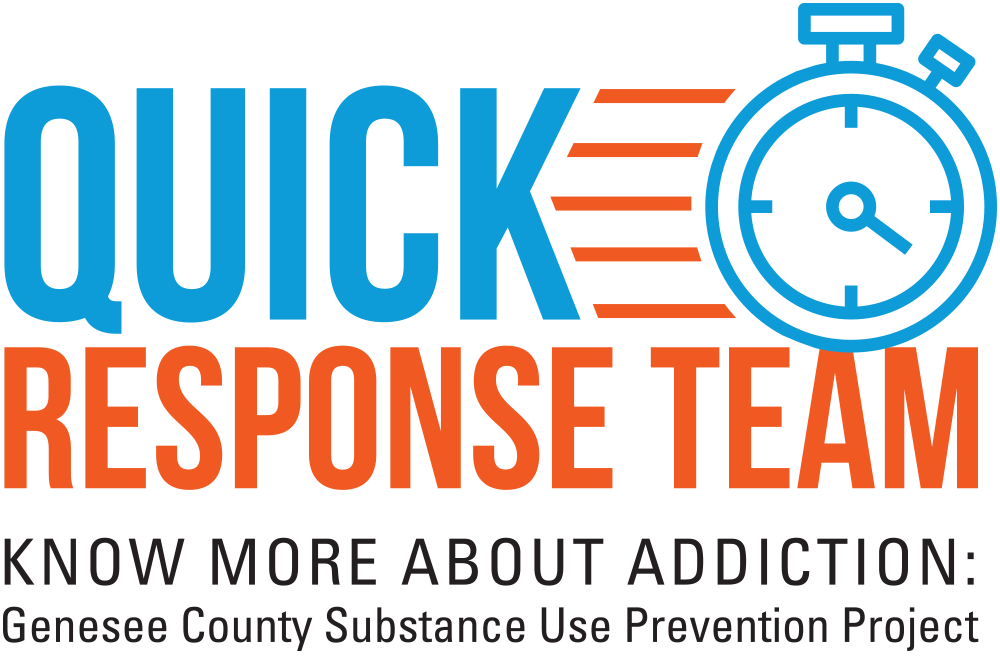Know the Signs and Symptoms of Opioid Addiction or Overdose
Opioid addiction is a disease that affects your brain and your behavior. At first you have control over your choice to start using drugs, however over time your brain actually changes in certain ways creating an urge to use the drug. There are many signs and symptoms of opioid misuse and addiction. They can include: poor coordination, drowsiness, shallow or slow breathing rate, nausea, vomiting, constipation, physical agitation, poor decision making, abandoning responsibilities, slurred speech, sleeping more or less than normal, mood swings, euphoria (feeling high), irritability, depression, lowered motivation, and anxiety attacks.1
It is important to recognize the signs and symptoms of an opioid overdose and act fast to help save a life. Signs of an overdose include:
- Small, constricted “pinpoint pupils”
- Falling asleep or loss of consciousness
- Slow, shallow breathing
- Choking or gurgling sounds
- Limp body
- Pale, blue, or cold skin
An opioid overdose requires immediate medical attention. If you think someone is experiencing an overdose, even if you aren’t sure, it is best to treat it like an overdose. Follow these steps:
- Call 911 immediately
- Administer naloxone, if available
- Try to keep the person awake and breathing
- Lay the person on their side to prevent choking
- Stay with him or her until emergency workers arrive2
Know Naloxone and the Law
Naloxone is a medicine that rapidly reverses an opioid overdose. It can quickly restore normal breathing to a person if their breathing has slowed or stopped due to an opioid overdose. Naloxone has no effect on someone who does not have opioids in their system, and it is not a treatment for opioid use disorder. Naloxone should be given to any person who shows signs of an opioid overdose or when an overdose is suspected. If you or a loved one is at risk for an opioid overdose, it is important that you have naloxone on hand. Talk to your physician or pharmacist about naloxone when receiving a prescription for opioids.3 During a drug overdose, a quick response can save a life. However, people illegally using drugs sometimes do not seek medical attention during an overdose for fear of alerting police of their illegal drug use. In order to prioritize saving lives, Michigan passed a Good Samaritan law in 2016. Michigan’s Good Samaritan law prevents drug possession charges against those that seek medical assistance for an overdose in certain circumstances. This law makes saving lives the priority during a drug overdose, not criminal prosecutions of illegal drug users4.
Know that You Have Treatment Options for Managing Pain
Although prescription pain medications can be effective at treating certain types of pain, there are different treatment options and therapies available. Opioids are not the first-line treatment for chronic pain, with the exception of cancer treatment, palliative care, and end-of-life care. Nonopioid treatments can provide relief to those suffering from chronic pain and are safer. Talk to your doctor about your options to best manage your pain. Alternative treatments may include:
- Acupuncture
- Chiropractic care
- Cognitive behavioral therapy
- Massage therapy
- Meditation and relaxation
- Physical therapy
- Yoga5

Know How to Practice Responsible Use of Opioids
Whether you are currently taking opioids or considering opioids to treat (acute) pain after surgery or for chronic pain, it is important that you take steps to protect yourself, your loved ones, and your community.
- Be proactive to learn about your options and communicate with your doctor.
- Be honest with your doctor about your health, drug, and alcohol history, as well as your family history.
- Always follow your pain care plan and keep your appointments for follow-up care.
- Never take opioids in higher amounts or more often than prescribed.
- Do not combine opioids with alcohol or other drugs that cause drowsiness, such as: benzodiazepines, muscle relaxants, and sleep aids.
- Never share or sell prescription opioids.6



